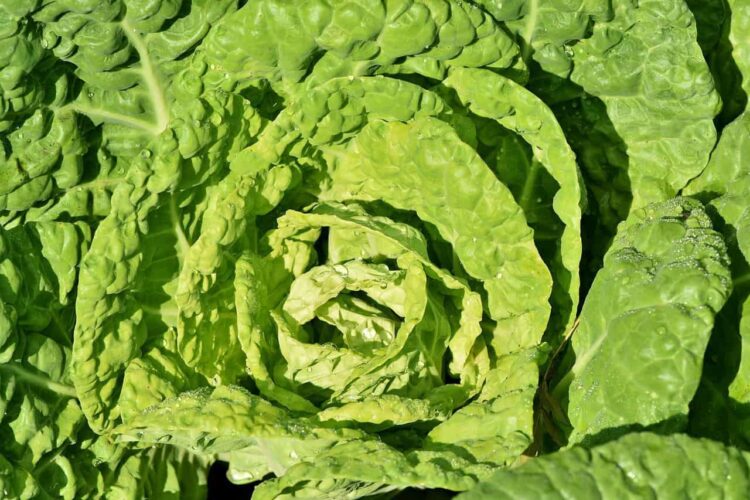Table of Contents
Stick insects are herbivores, meaning they feed exclusively on plants. Their leafy diet can vary between both species and the region where the stick insect originates. For example, many stick insect species in Australian prefer eucalyptus leaves while the Indian stick insect is partial to, among other things, privet.
A question that many stick insect owners have, particularly those in the West, is whether their stick insects can eat cabbage. The simple answer to this question would be…
Stick insects would not instinctively eat cabbage. Cabbage does not grow in the natural habitat of stick insects, so it would not really be considered a desirable food choice. This does not mean you cannot try feeding cabbage leaves to them. If it is undesirable or harmful to their species, they will simply ignore it.
Another reason why stick insects might not consider cabbage a food source is because these creatures usually live their lives in trees and, because cabbage grows low to the ground, they do not see it as natural to their habitat. Conversely though, some stick insect species are known to be quite fond of romaine lettuce , despite the contradiction of it not being present in their natural habitat either.
, despite the contradiction of it not being present in their natural habitat either.
For more advice and information on keeping and looking after stick insects, check out my ebook on Amazon click here
(opens in a new tab).

Can A Stick Insect Be Encouraged to Eat Cabbage?
The answer to this question is not straightforward. If the stick insect doesn’t find a particular leaf appealing, it will simply ignore it without even trying it. This is actually one of their ‘defense mechanisms’ that safeguards them from poisoning. As stick insects have very specific tastes when it comes to their food, if a particular plant is toxic, unnatural, or unknown to them, they will simply not bother with it. They do, though, have an innate knowledge of which leaves are harmful to them, so basically you could try feeding them any sort of leaf without fear of poisoning them.
Indeed, stick insect enthusiasts have been known to experiment widely with their insects’ diet options precisely because any leaves or plants the insect finds unattractive for whatever reason will simply be ignored. In many cases, stick insect owners try different plants and leaves in order to determine what the sticks’ particular tastes might be. As mentioned above, this is a safe experiment and you can try it without concern for your sticks.
House Plants – The Alternative Food for Stick Insects
If you wish to try and diversify your stick insect’s diet without having to go out of your way and maintain a supply of specific leaves and plants, the best thing to do would be to let the insect choose. Some keepers simply place leaves from plants around their garden/house in their stick insect’s enclosure and let the creature decide whether it likes the leaves or not.
This basic experiment has shown, for example, that many species of stick insect are quite fond of strawberry guava and inch plant leaves, among others. Being aware of the insect’s alternative meal preferences might come in handy if there is unavailability of the traditional leaves or plants due to seasonal or regional variations.
The Leaf of Choice
The natural and preferred type of leafy food for many stick insect species, regardless of origin, happens to be bramble and privet leaves. These two plants are widely available and evergreen (meaning that they are green all year round – even in the midst of winter), making them a convenient feeding choice for stick insect keepers.

